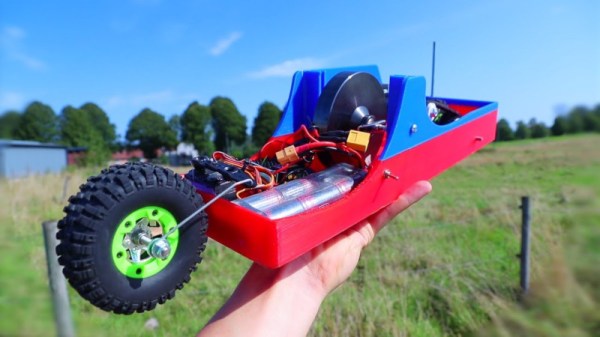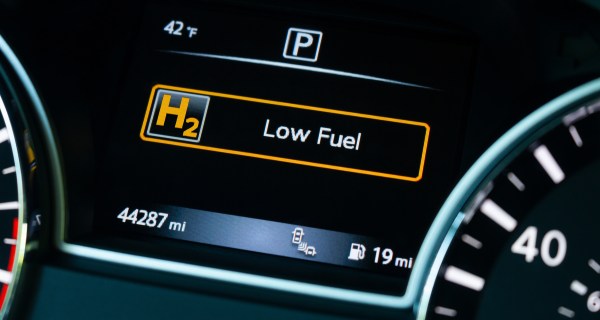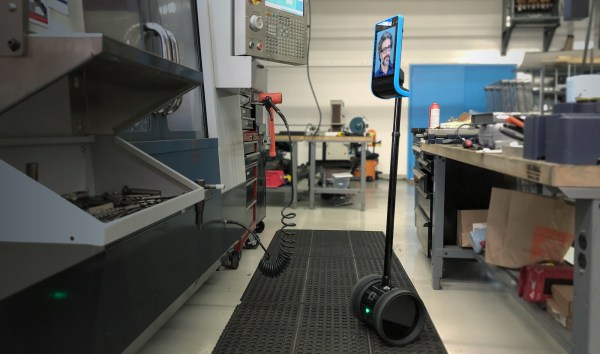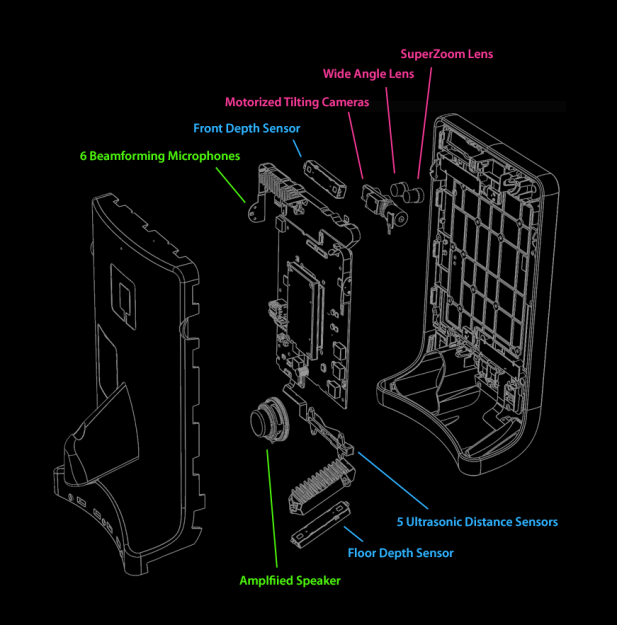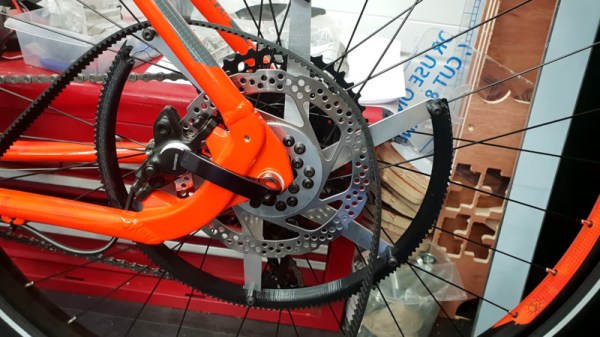It takes a lot of energy to push a car-sized object a few hundred miles. Either a few gallons of gasoline or several thousand lithium batteries will get the job done. That’s certainly a lot of batteries, and a lot more potential to be unlocked for their use than hurling chunks of metal around on wheels. If you have an idea for how to better use those batteries for something else, that’s certainly an option, although it’s not always quite as easy as it seems.
In this video, [Kerry] at [EVEngineering] has acquired a Tesla Model 3 battery pack and begins to take it apart. Unlike other Tesla batteries, and even more unlike Leaf or Prius packs, the Model 3 battery is extremely difficult to work with. As a manufacturing cost savings measure, it seems that Tesla found out that gluing the individual cells together would be less expensive compared to other methods where the cells are more modular and serviceable. That means that to remove the individual cells without damaging them, several layers of glue and plastic have to be removed before you can start hammering the cells out with a PEX wedge and a hammer. This method tends to be extremely time consuming.
If you just happen to have a Model 3 battery lying around, [Kerry] notes that it is possible to reuse the cells if you have the time, but doesn’t recommend it unless you really need the energy density found in these 21700 cells. Apparently they are not easy to find outside of Model 3 packs, and either way, it seems as though using a battery from a Nissan Leaf might be a whole lot easier anyway.
Continue reading “Fail Of The Week: Taking Apart A Tesla Battery”


